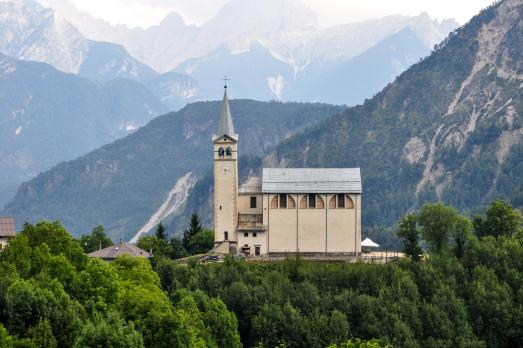
Church of San Martino Vescovo
Valle di Cadore, IT
The church of San Martino Vescovo was built between 1718 and 1719 on a previous church. The interior contains sculptures by Giuseppe Stuflesser, made by Antonio Bettio.
Here you can search for a building to visit. You can use the map find destinations, or you can use the filters to search for a building based upon what different criteria.

Valle di Cadore, IT
The church of San Martino Vescovo was built between 1718 and 1719 on a previous church. The interior contains sculptures by Giuseppe Stuflesser, made by Antonio Bettio.
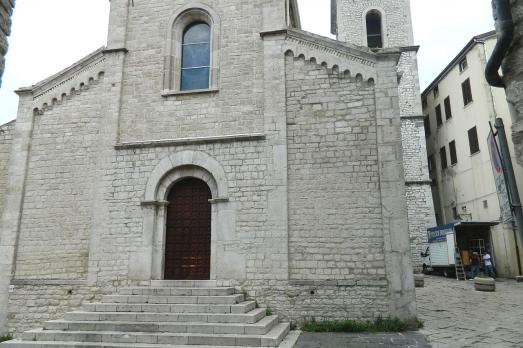
Potenza, IT
The church of San Michele Arcangelo probably dates back to the end of the 5th century, as evidenced by the discovery of a 5th-century mosaic found under the floor of the religious building. The current church dates back to the Lombard period in this region (7th-8th century).
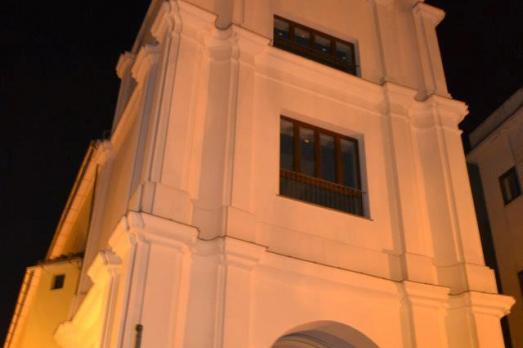
Salerno, IT
The church of San Michele Arcangelo was founded as a monastery in the 11th century. The present church is the result of a 17th-century reconstruction. In 1619 the convent was passed from the Benedictine nuns to the Poor Clares and was then suppressed in 1866, while the church was entrusted to the secular clergy. After restoration work, the building was reopened for worship in 2010.
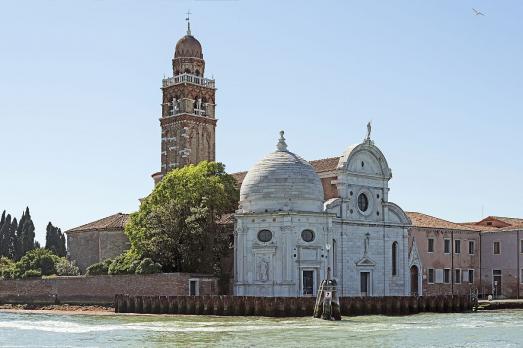
San Michele, IT
The church of San Michele in Isola dates back to the 13th century and was part of the Camaldolian monastery, but the present building was built between 1468 and 1479 by Mauro Codussi (1440-1504). This magnificent Venetian Renaissance building was inspired by the Maltese temple of Alberti.
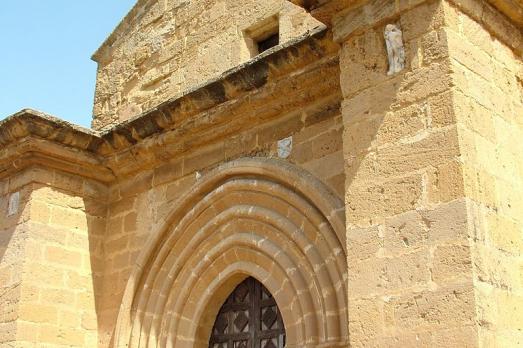
Agrigento, IT
The church of San Nicola was built in the 12th century and donated in 1219 to a Cistercian community. It underwent major restoration work in 1430 at the request of Bishop Matteo Cimarra. The church contains frescoes from the 16th century. Today the church is part of the Regional Archaeological Museum of Agrigento.
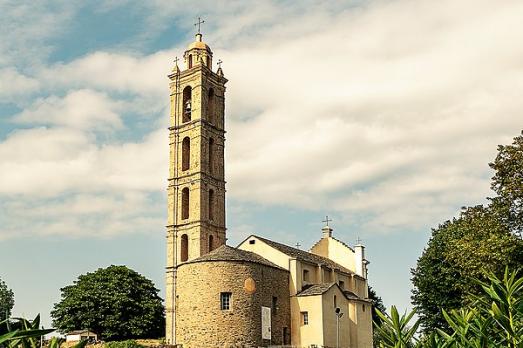
San Nicolao, FR
This magnificent church is one of the great baroque buildings of Corsica. Its construction lasted from 1686 to 1740, away from the village. The door, which dates from 1776, is a magnificent work of traditional carved wood carpentry. The bell tower is also a notable element of the building, due to its elevation: it is reputed to be one of the highest bell towers in Corsica.
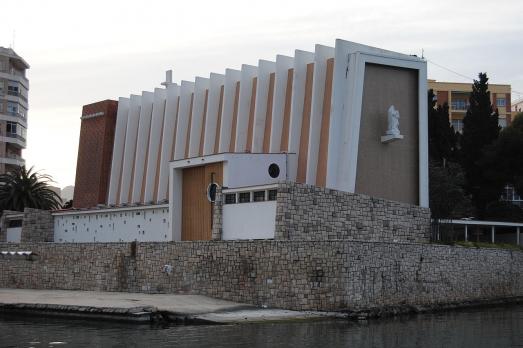
Gandia, ES
The church construction took place in response to the need to build a place of worship in Grao to replace the previously destroyed church during the Civil War. The church is conceived as a longitudinal nave with trapezoidal shape, which emphasizes the perspectives towards the presbytery. The south sea front presents the volume of the chapels that are presented as a temple podium.
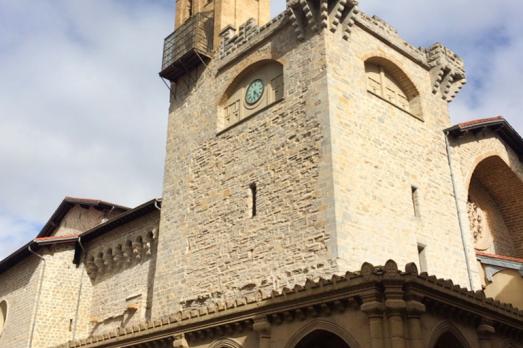
Pamplona, ES
The Church of San Nicolás, built from the 12th century, was the main church of the San Nicolás district, one of the three historic boroughs of Pamplona's old town. The church was built primarily to serve as a military and defensive bastion for the inhabitants of the borough. Destroyed by one of these neighbourhood attacks, the present Gothic church was therefore built and completed in 1231.
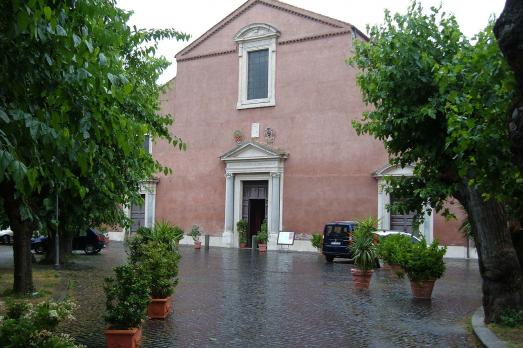
Roma, IT
The church of San Pancrazio was built in the 15th century by the Orsini family, owners of the castle in the Isola Farnese district. Later it was enlarged, with the present façade and a bell tower. The façade has a beautiful Roman marble portal and, above it, a rose window with polychrome glass decoration. The inside has three naves with an apse. Everywhere in the building, there are frescos or remains of frescos of the XVI century.
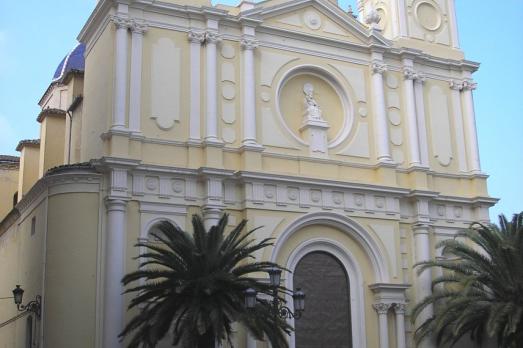
Sueca, ES
The Romanesque origin of the church has long gone after various modification over the course of its history. The hurch has three naves and a transept with a large dome on an octagonal drum resting upon the crossing. The Communion Chapel is in the center of the apse, which also has a dome similar to that of the transept. The interior is decorated with different colored marbles.

new
As a university city, cultural offerings abound in Tartu and will reach their peak after being designated one of three European Capitals of Culture for 2024. In this list, we've compiled the most interesting sacred places to visit in and around the old town.

Bodø has evolved from a picturesque fishing village to a bustling cultural epicentre in the northeastern Norwegian county of Nordland. Here is a list of the top churches to visit in Bodø, the only European Capital of Culture above the Arctic Circle.

The small Austrian spa town of Bad Ischl is known for its beautiful nature and peaceful atmosphere. Emperor Franz Joseph I of Habsburg, described it as an "earthly paradise". Here is a list of religious heritage sites you should visit.